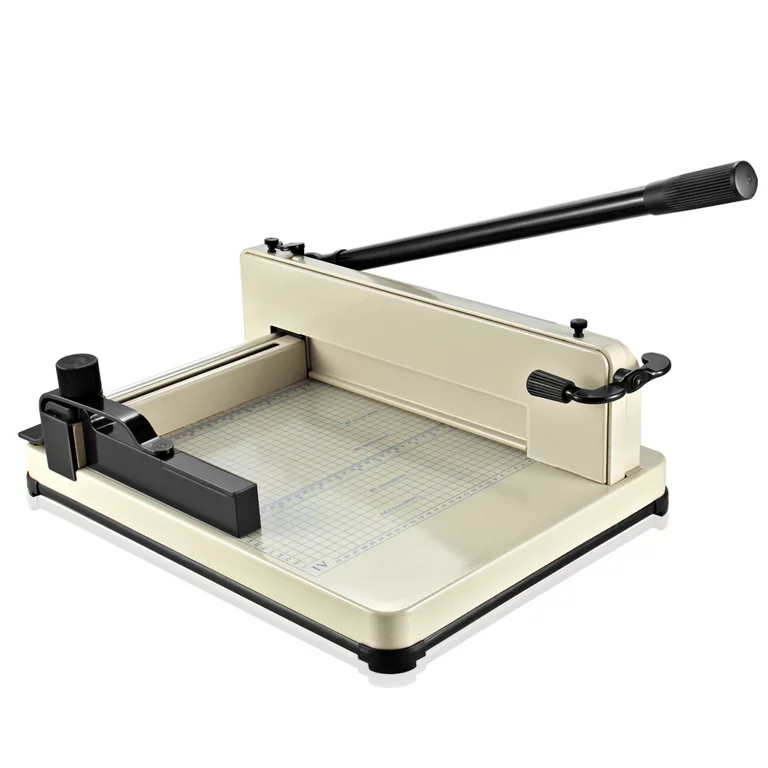In an age dominated by digital technologies, it may seem surprising that paper guillotines, a simple tool, are also undergoing significant advancements. However, as industries continue to rely on paper for various applications, the need for precision and efficiency in paper cutting remains paramount. The latest advancements in paper guillotine design are a testament to the enduring importance of this tool in a modern world. Let’s explore how cutting-edge technology is transforming paper guillotine design.

Precision Cutting with Enhanced Blades – One of the most notable advancements in paper guillotine design is the development of highly specialized cutting blades. These blades are engineered to provide the utmost precision and consistency, ensuring clean and accurate cuts. Innovative materials and manufacturing techniques have led to blades that are not only sharper but also more durable, reducing the frequency of blade replacement and maintenance. This precision is vital for industries like printing, packaging, and fine arts, where accurate paper cutting is essential.
Automation and Digital Controls – Paper guillotines are no longer limited to manual operation. Modern designs incorporate automation and digital controls, making them more user-friendly and efficient. Touchscreen interfaces allow operators to input cutting measurements with pinpoint accuracy, and advanced sensors ensure that cuts are executed flawlessly. These automation features reduce human error and save time, making paper guillotines a valuable tool in high-volume, time-sensitive environments.
Safety Features – Safety is a primary concern in any industrial setting. The latest paper guillotine designs incorporate an array of safety features to protect operators. These include two-handed operation requirements, emergency stop buttons, and sensors that can detect obstructions, ensuring the safety of those using the machine. With these innovations, paper guillotines are not only more efficient but also safer to operate.
Integration with Digital Workflows – To meet the demands of a digital world, AfterPrint paper guillotines are designed to integrate seamlessly with digital workflows. They can be connected to computer systems and programmed to retrieve cutting specifications directly from digital files. This level of integration streamlines the cutting process and reduces the potential for manual errors. As a result, paper guillotines are no longer standalone devices but integral components of efficient and interconnected production processes.
Energy Efficiency – Environmental sustainability is a growing concern for businesses across the globe. Many paper guillotine manufacturers are responding to this concern by developing energy-efficient designs. These guillotines incorporate power-saving features, such as intelligent standby modes and energy-efficient motors, reducing their carbon footprint while helping businesses cut costs in the long run.
Portability and Space Efficiency – Advancements in design have made modern paper guillotines more compact and portable. This flexibility is invaluable for businesses with limited workspace or those that need to move the guillotine to different locations. Portability, however, does not compromise the cutting capabilities of these machines, making them adaptable for various production needs.
Multi-Functionality – Some of the latest paper guillotine designs offer multi-functionality, allowing them to handle a wider range of materials beyond standard paper. This includes cutting cardboard, laminated sheets, and other specialized materials. By expanding their capabilities, these guillotines provide versatility for businesses in diverse industries.
